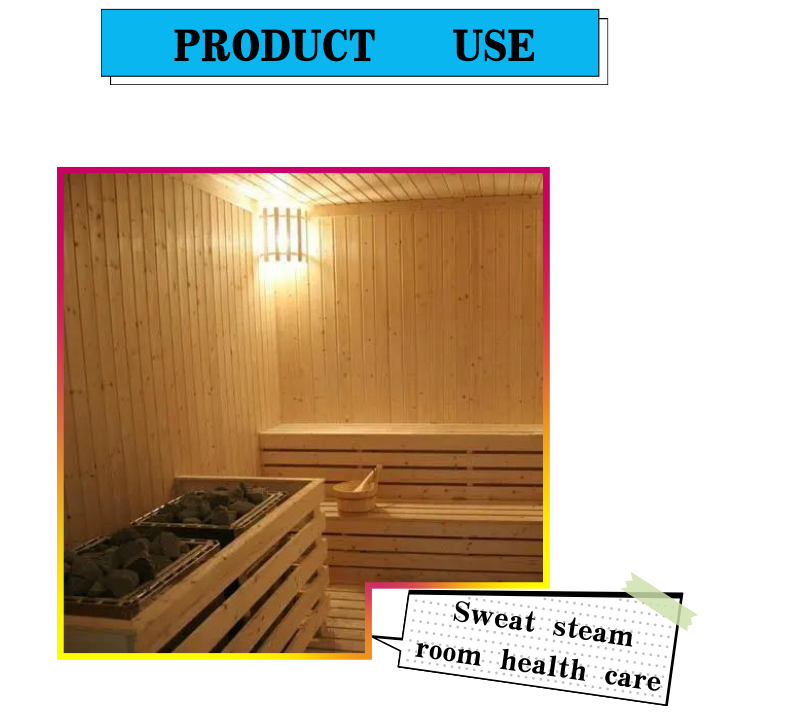
Exploring Different Types of Pebbles and Their Unique Characteristics
Understanding Pebble Types A Fascinating Journey Through Nature's Decorative Gems
Pebbles are more than just small, rounded stones; they are nature's artwork, shaped by the relentless forces of weathering and erosion over countless years. Their diverse types and forms are not only aesthetically pleasing but also hold significant geological and ecological importance. In this article, we delve into the various types of pebbles, their characteristics, and their uses in our everyday lives.
Types of Pebbles
Pebbles are generally classified based on their composition and origin
. The primary types include1. Igneous Pebbles These pebbles are formed from solidified volcanic lava or magma. They often contain minerals like quartz, feldspar, and mica. A quintessential example is basalt pebbles, which are dark and dense, often used in landscaping and construction due to their durability.
2. Sedimentary Pebbles Formed from the accumulation of sediments over time, these pebbles are typically layered and can contain fossils and organic materials. Common examples include sandstone and limestone pebbles. Their varied colors and textures make them popular in decorative gardens and aquariums.
3. Metamorphic Pebbles These are created under heat and pressure from pre-existing rocks. The transformation process can result in pebbles with unique textures and patterns, such as schist and gneiss. Metamorphic pebbles are often used in high-end landscaping and architectural designs due to their aesthetic appeal.
4. River Pebbles Smooth and rounded, river pebbles are a product of being transported by water over time. They come in various sizes and colors, making them ideal for decorative purposes in gardens, walkways, and water features.
5. Beach Pebbles These pebbles, washed and rounded by ocean waves, are often lustrous and unique, varying widely in color. Beach pebbles are frequently used in indoor décor, aquarium settings, and even jewelry.
Characteristics of Pebbles
The characteristics of pebbles vary widely based on their source material and the natural processes that shaped them. Color, size, texture, and hardness are key attributes
- Color Pebbles can come in an array of hues, from vibrant reds and blues to subtle earth tones. The coloration often results from the minerals contained within the rock.
pebble types

- Size Pebbles vary from tiny grains to larger stones. Their size is generally categorized from smaller than 2 mm (gravel) to 64 mm (the upper limit for pebbles).
- Texture The surface texture of pebbles can be smooth, rough, or even bumpy, influenced by the geological processes they have undergone. Smooth pebbles, often found in riverbeds, are particularly sought after for decorative purposes.
- Hardness The durability of pebbles is determined by their mineral composition. For instance, quartz pebbles are highly resistant to weathering, while softer rocks like limestone may not withstand harsh conditions as well.
Uses of Pebbles
Beyond their natural beauty, pebbles serve numerous practical purposes
1. Landscaping Pebbles are commonly used in gardens and yards for aesthetic purposes, helping to create pathways and highlight flowerbeds. Their variety in color and size enables homeowners and landscape artists to design unique outdoor spaces.
2. Construction Certain types of pebbles, especially those that are sturdy like granite and basalt, are often used as building materials in roads and concrete.
3. Aquarium Decoration Many aquatic enthusiasts opt for polished river or beach pebbles to create beautiful underwater environments for their fish, providing both shelter and visual appeal.
4. Artistic Expressions Artists often utilize pebbles in their creations, whether through painting, sculpture, or as a medium for crafts, allowing for the fusion of nature with creativity.
5. Garden Drainage Pebbles improve drainage in gardens by reducing soil compaction and promoting water flow, leading to healthier plant growth.
In conclusion, pebbles come in a vast array of types, each showcasing the beauty and complexity of our planet. From their formation to their uses, understanding these natural gems not only enriches our appreciation for nature but also informs our interactions with our environment, whether in landscaping, art, or construction. Nature indeed offers a wealth of aesthetic and practical treasures, with pebbles being a testament to its artistry and resourcefulness.
Share
-
Premium Resin Coated Sand - High Heat Resistance CastingNewsJul.31,2025
-
High Quality Silicon Carbide Grit for Abrasive ApplicationsNewsJul.30,2025
-
High-Quality Ceramsite for Plants & Gardening | Lightweight PebblesNewsJul.29,2025
-
Premium Burgundy Glass Marbles for Vases & Shooter GamesNewsJul.29,2025
-
High Purity Quartz Sand for Industrial and Ground ApplicationsNewsJul.29,2025
-
High-Quality Barite Powder for Drilling & Industrial UseNewsJul.29,2025






